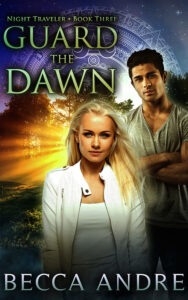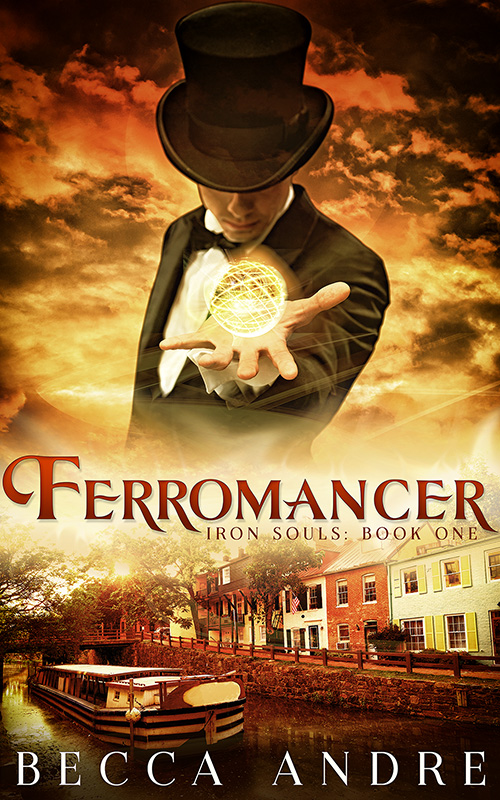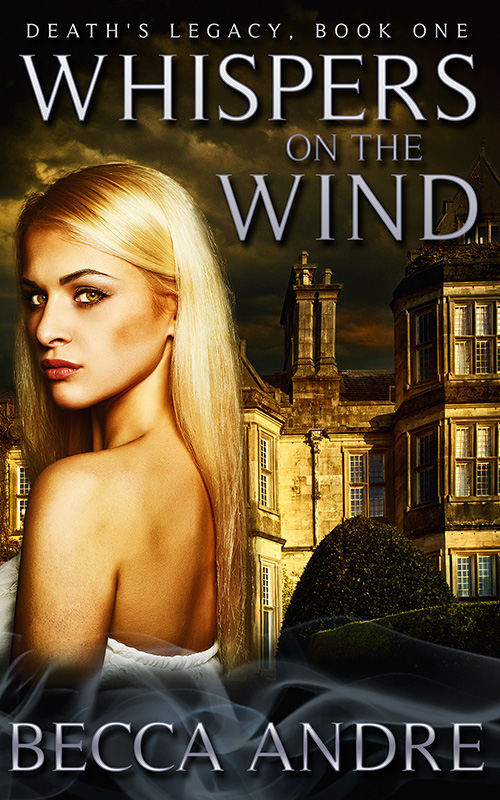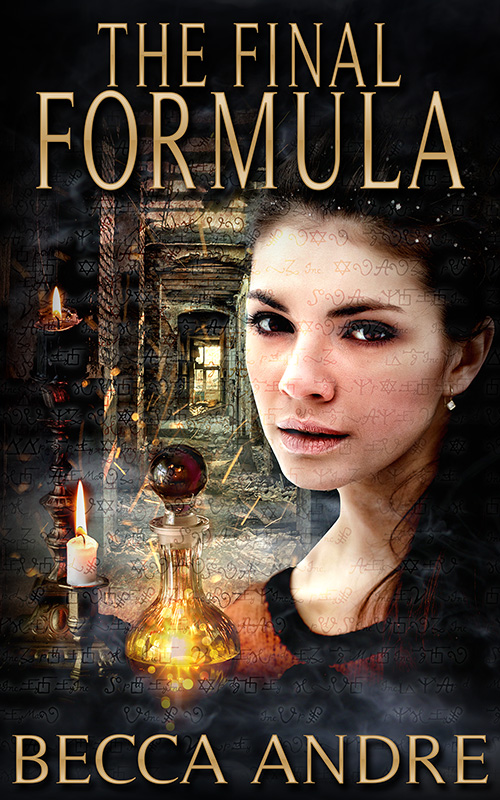Shattering Illusions, One Beaker at a Time
Posted by Becca on Sep 19, 2014 in Writing | Comments Off on Shattering Illusions, One Beaker at a Time
The covered crucible rattled against the glowing red support ring. When it took a little hop, I stepped back. No need to risk my eyebrows. Again. The opening scene in The Final Formula is based on a real event. It wasn’t quite as dramatic, nor did it happen to me, but I’m pretty sure the stain is still on the ceiling. Fortunately, no eyebrows were lost. When I tell someone that I’m a chemist, I usually get an enthusiastic response of, “That’s cool!” I suspect they imagine a white lab coat, flasks of mysterious liquids, and explosions. I’m afraid the only truth here is the lab coat. (Yes, as I mentioned above, there is an occasional explosion, but in real life, explosions are not a good thing. They usually involve cleanup, paperwork, and frequently, a follow-up safety meeting.) In today’s post, I thought I’d share a little bit about what goes on at the day job and how it influences my fictional world. Unfortunately, I’ll probably shatter the mad scientist image you have of me. *sigh* So much for being cool. As a chemist, working in industry, I find my job very repetitious. I’ve run the same analysis for years, moving samples through the process much like an assembly line worker. The work involves not only wet chemistry (the typical bench work with reagents and beakers), but also the use of computerized instrumentation and loads of paperwork. There aren’t many shouts of “Eureka!” or opportunities to cackle over a bubbling test tube of weird colored liquid. This might sound dull, but there are opportunities for creative work such as developing new procedures or puzzling out why a sample didn’t work they way you expected. I also have a great bunch of co-workers who get my dorky science jokes and make the daily drudgery fun. But it is through my fictional world that I really get to play the stereotypical mad scientist and blow things up. One of the fun aspects of The Final Formula Series is adapting magic to our world. The study of alchemy is where modern chemistry got its start, so it made sense to have my alchemists start their careers as chemists....
Read MoreThe Method to My Madness
Posted by Becca on Sep 7, 2014 in Writing | 6 comments
I admit, the title is a bit misleading. This isn’t so much a post about what’s involved in my writing process; it’s more the story of my ongoing quest to find one. I’ve always been a seat-of-my-pants writer. (For those of you unfamiliar with the term, that’s a writer who grabs a pen, or a keyboard, and just starts writing. No outlines, no plans—just a desire to get the story down.) In hindsight, it makes sense that I would approach writing this way. For most of my life, writing was a hobby. I would write a novel, slap it in a ring binder, and move on to the next one. I never bothered to edit, and I certainly didn’t share my stories with anyone. I wrote for me, and only me. End of story. All that changed when I wrote The Final Formula. It was better than anything I’d written before, and suddenly I wanted to share. I joined a workshop, learned to edit, and um, three years later, I published it. (Yeah, I was a big chicken.) During those three years, I wrote more in the Final Formula universe, and those stories became the next three titles in the series. With the release of The Necromancer’s Betrayal, it was time to move into uncharted waters. I had to write the next book with no pre-written stuff from years past. I found that daunting at first. There are actually people waiting for the next installment. I didn’t have time to screw around with the seat-of-my-pants writing style I had previously employed. I had to learn to plan ahead, to (gasp) outline. I’ve never been opposed to outlining. I don’t believe it cramps creativity or anything like that. I would LOVE to have a road map as I work my way through the writing of a novel. So over the first few weeks of August (when not winging my way through the early chapters of FF3), I read a number of books on outlining/plotting. I scribbled and fought, and finally I did it. I wrote a plot outline! My outline is nothing fancy. Just a sheet of notebook paper with a line or two per...
Read MoreZombie Girl
Posted by Becca on Nov 1, 2013 in Writing | 4 comments
Contrary to common belief, I don’t like zombies. Really. I mean, what’s to like? They’re mindless, rotting hunks of nastiness. But if you throw a few in your novel, or sit up all night slaying them on the Xbox, suddenly everyone thinks you like them. I blame my son. From a young age, the boy has always gravitated toward the spooky and the creepy. I can’t fault him there; I enjoy those things myself. But he takes it a step further into the gross. (Judging by the interests of his friends, I suspect it’s a boy thing.) It’s his fault I ended up an Xbox addict. When he bought a copy of Left For Dead, I had to do the parental guidance thing and play along. (I guided him to the safe house and he kept the zombies off my back.) After that, we moved on to Call of Duty Zombies, then Dead Island. We’ve even played the zombie modes on games such as Red Dead Redemption and Borderlands. If the undead ever shuffle our way, the boy and I are ready! So it shouldn’t come as a surprise that zombies ended up in my story. They were just what I was looking for. Not only are they nasty, but dead things creep me out. Perfect, right? Story wise, sure. In real life? Well, I do seem to get quite a lot of zombie-themed goodies from friends and family. (Now I’m glad I didn’t go with spiders. *shiver*) In the end, I’m left laughing at the irony. But I have no regrets—it’s not everyday a 12-year-old boy brags to his buddies that his mom just had the most kills. Speaking of…anyone up for game? I haven’t played in awhile, so I’m a little rusty. I might need you to watch my...
Read MoreScience and Magic
Posted by Becca on Oct 20, 2013 in Writing | Comments Off on Science and Magic
I’ve always loved fantasy. I was the little girl in the unicorn t-shirt drawing fantastical pictures when she should have been paying attention in class. I frequently got in trouble for daydreaming—until I learned to stare at the chalkboard and not out the window when my mind was elsewhere. Yet through it all, I somehow became a scientist. I feel like my interests rest on opposite ends of the spectrum. At one end there’s hard science with its laws and absolutes, and at the other end there’s fantasy, which is anything but. In The Final Formula, I think I found some middle ground. The alchemy in my story isn’t the boiling cauldron of magic brew encountered in a lot of fantasy fiction, though it has the trappings of it. My alchemy is closer to modern chemistry. After all, Addie was a chemist before magic returned. This setup left me trying to explain magic with science. (Which isn’t the first time. I have an unpublished series where I actually turned to math in an attempt to puzzle out the magic. Yeah, I’m a geek.) While writing this story, I researched the ingredients Addie might use and discovered that science could come into play. One such example is in the opening scene where Addie is preparing some Remembrance Dust. While searching for a plausible ingredient, I learned that rosemary was once believed to improve memory. Digging deeper, I discovered that rosemary contains rosmarinic acid, an antioxidant that’s even been used in Alzheimer’s research. Perfect! Over the course of writing this book, I found that a lot of herb lore has some basis in fact. Granted, I took a few liberties with what Addie can do, but there are underlying reasons why she uses the ingredients she does. I had a lot of fun coming up with some crazy alchemy applications to solve Addie’s problems. Homemade napalm to blow up zombies (and cars). Magic bullets. A compass to find the lost. And as I dig into the next book, the fun continues. Addie’s modern alchemy is a versatile medium that allows me to combine my interests. I just wish I actually knew the Final Formula. 😉 How...
Read MorePicturing a Scene
Posted by Becca on Oct 13, 2013 in Writing | 4 comments
“The places used in this book are a product of the author’s imagination or used fictitiously.” There’s a lot of truth in that statement. The majority of my scenes are conglomerations of real places and locations that exist only in my mind. I thought it might be fun to share two real life locations that served as inspiration for settings in The Final Formula. I’m not a Cincinnati native, but I visit often. Each time I go, I’m on the lookout for interesting locations, and I can’t wait to use some of the more iconic ones in future stories. This time around, most of the settings are a bit generic, and when I imagined them, I pictured places I knew. One example is my description of the Nelson Funeral Parlor. The actual building I pictured was Daehler F.C. Mortuary Co. in Portsmouth, Ohio. I only borrowed the exterior, though. The interior described in the book is a figment of my imagination. At least, I assume they don’t have an alchemy lab in the basement at Daehler’s. 😉 Another location is the cemetery where our heroes have their misadventure in the mausoleum. (Funeral parlor, cemetery—I’m seeing a theme. Can you tell I like creepy things?) In my mind’s eye, I pictured Greenlawn Cemetery, which is also in Portsmouth. I love the weathered headstones, mature trees, and winding roads. There are also a couple of mausoleums, but nothing like the one in the story. (Thank goodness, huh?) So, that’s what I saw. Hopefully, your impression was something close to that, or maybe something from your own life experience. I try not to over-describe things. Large passages of description bore me to read, let alone write. Beyond that, I prefer to leave some things to the reader’s imagination. Let them make the setting theirs. I’ve rambled enough. Time to get back to that draft of the next story. Feel free to share your thoughts. And if you happen to be from the Cincinnati area or somewhere close by, do you know of any cool locations that might make a neat setting in a future story? Thanks for stopping in! ...
Read More



